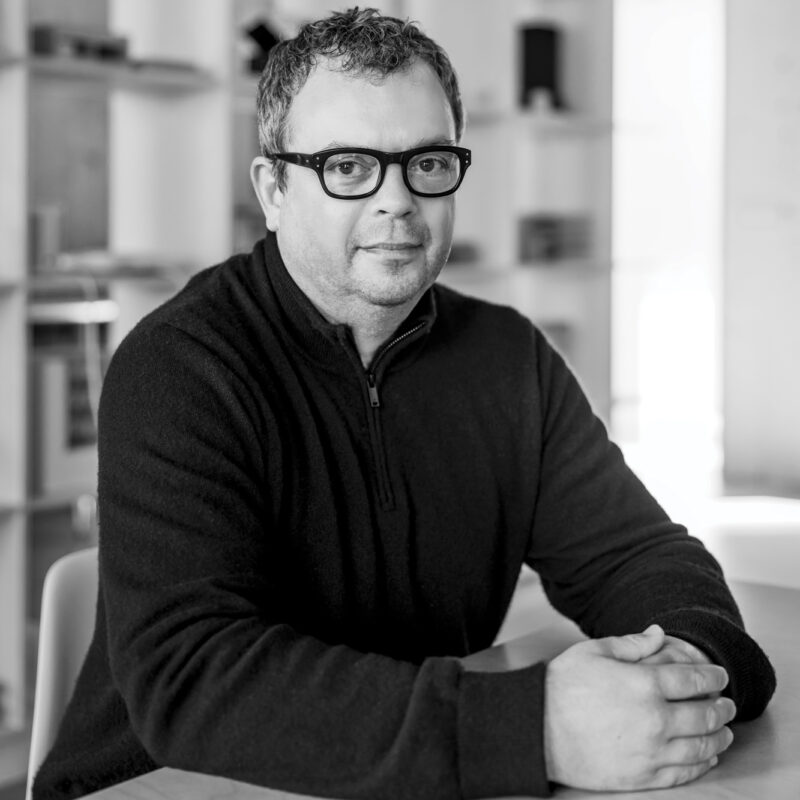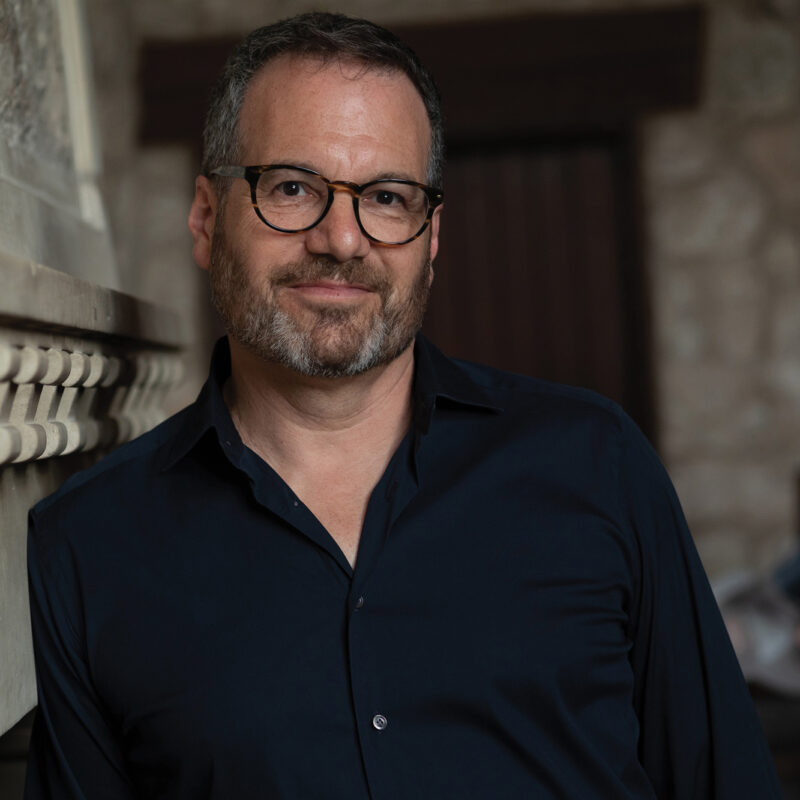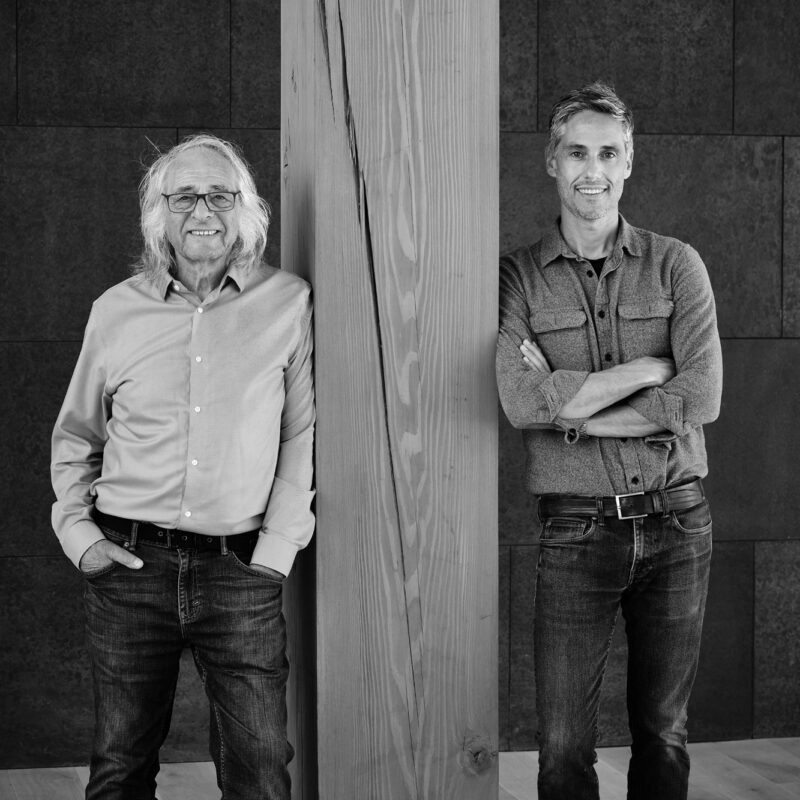Clean lines, sleek spaces, fire-resilient design, and sustainable luxury—these architects and firms are setting the bar high for architecture in the West and beyond. Take a look at the full list of winners here, and view the 2025 Sunset Western Home & Design Directory here.
Waechter Architecture: Best Creative Coastal

Photo by Samuel Gehrke
Portland-based Waechter Architecture appreciates clean, unfussy lines and pure forms. Take this house on the windswept North Oregon Coast, perched poetically in the dunes. Typical of Waechter’s work, it sits back and relaxes, letting the location take center stage, ushering that shingled beach cottage vernacular well into the 21st century.

HK Associates: Most Inspired Desert Modern

Photo by Thomas J. Story
The work of HK Associates is nothing if not sleek, chic, and delightfully spare, and this Tucson residence is the perfect example of its aesthetic. It’s an ode to pared-down, all-white minimalism and low-maintenance living.

Alterstudio: Best Indoor-Outdoor Living

Photo by Madeleine Tilin
The throughline that connects every home designed by this Austin-based firm is the graceful blending of interior and exterior spaces. The firm builds luxury housing that treads lightly on the landscape. This Pecan Grove home resolves what the firm calls “conflicting desires” for lightness and structure, connection and privacy. And this unexpectedly rich rear courtyard with glorious mature trees? *Chef’s kiss.*

Field Architecture: Most Mindful Landscape Integration

joe@joefletcher.com
Stan and Jess Field, the father-son team behind Palo Alto-based Field Architecture, are modern purists at heart who consider themselves “stewards” of the land they build on. This rural Sonoma County home showcases their sensitivity to an ever-changing climate. Two structures are connected by a breezeway, and plenty of river-rock drainage areas and copper finishes will patina with exposure over time.

Butler Armsden Architects: Best Sensitive Rebuild

Janet Ni Photography
Versatile, client-driven, and hyperfocused on bringing out the best from a building site, Butler Armsden is a San Francisco-based firm that captured our attention. Tasked with the job of updating a 1960s ranch house with the bay at its doorstep, the firm focused on low horizontal lines and durable materials like Portuguese limestone and state-of-the-art siding, as beautiful as it is functional.

Burdge Architects: Best Fire-Resilient Design

Photo by M.K. Sadler
Malibu-based Burdge Architects has proven itself to be one of the most mindful and prolific fire-conscious architecture firms in the West, having built dozens of homes for families who lost everything in repeated fires in Malibu, and now as a first mover in the reconstruction in the months after the devastating Pacific Palisades fire. The firm’s design work and homeowner advocacy are what we need now more than ever.

Feldman Architecture: Best Visionary Modern

Photo by Lauren Segal
Feldman Architecture designs elegant retreats up and down the coast for clients who want to feel off-grid without sacrificing an ounce of luxury. Sophisticated rainwater collection systems and solar power help these forward-thinking retreats rest lightly on the land. A prime example is the Butterfly House in the Santa Lucia Preserve near Carmel. It is composed of three separate structures with “winged” roofs, one for cooking and gathering, one for sleeping, and one for bathing.

Studio VARA: Best Sustainable Chic

Photo by Lisa Sze
The gorgeous angles and sleek lines of this mountaintop home near Healdsburg conceal its practical, sustainable core, a signature of Studio VARA, a woman-owned firm based in San Francisco. Standing seam zinc panels protect the structure from fire, and wide eaves and retractable walls offer natural cooling.

Laney LA: Best Beachfront Modern

Photo by Zacariah Jones
Clever, clean-lined, and always sited perfectly on snug lots, the work of this young L.A. firm always squeezes the juice out of beachfront (and adjacent) living. This home embodies the youthful can-do spirit of Laney LA, which views small-lot restrictions as opportunities, not obstacles.


